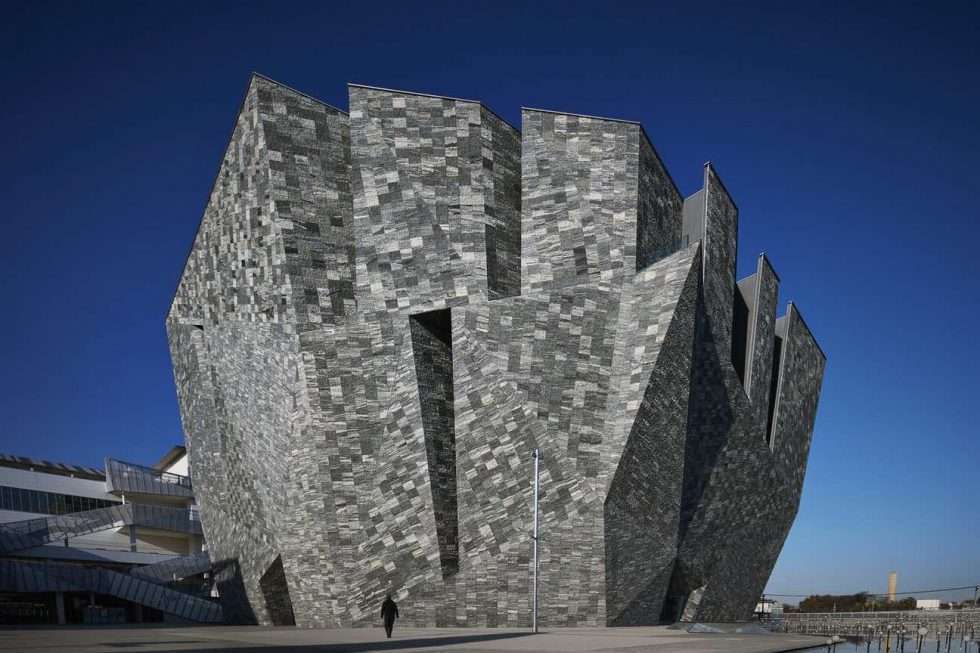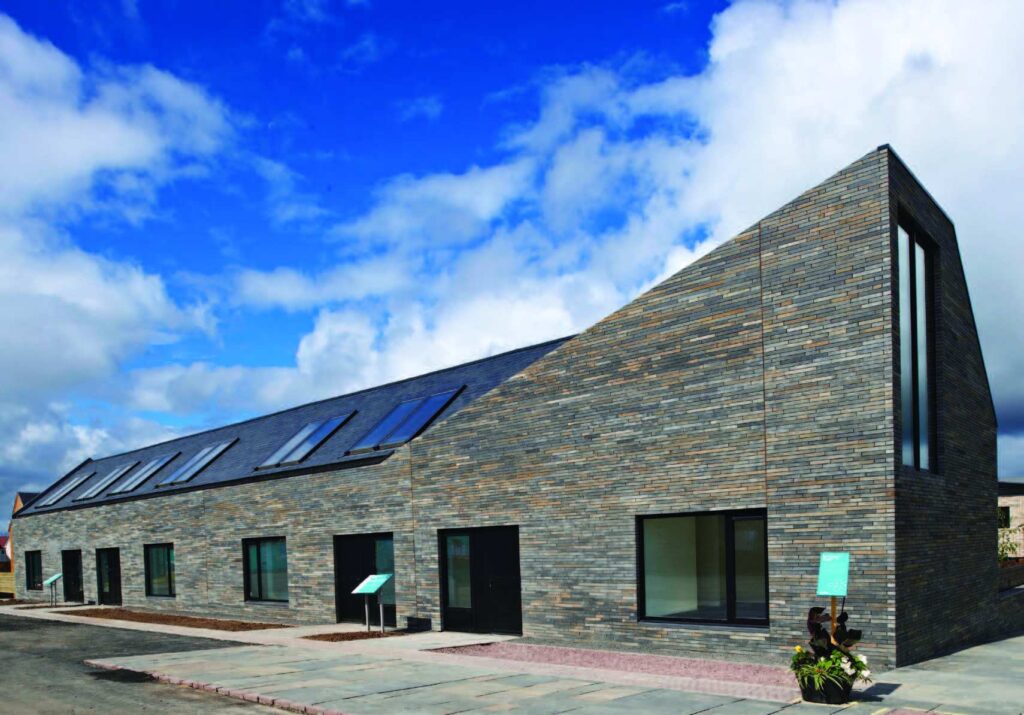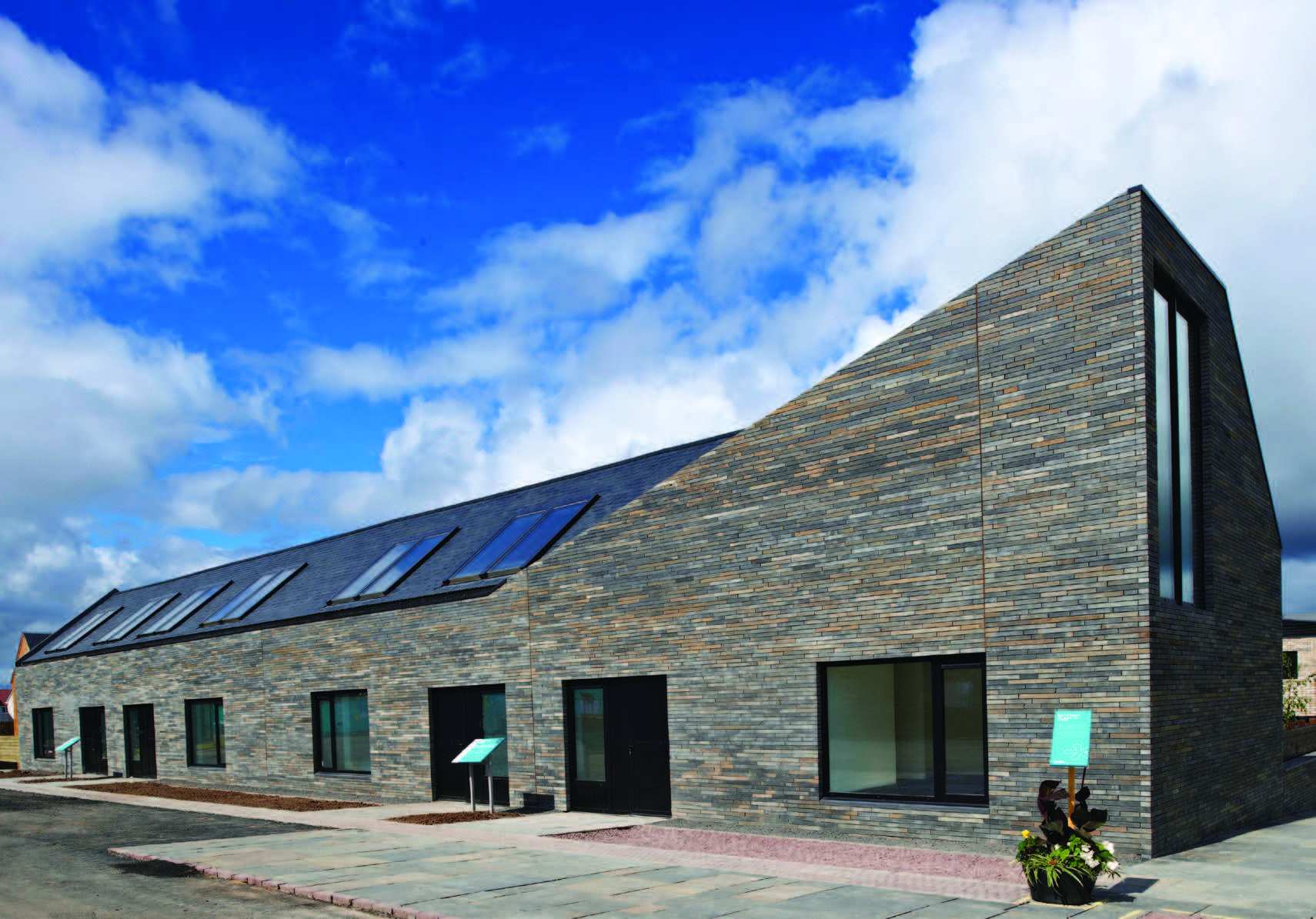Stone has been a fundamental building material since ancient times, valued for its durability, versatility, and timeless beauty. In modern construction, architects and builders continue to push the boundaries of innovation by exploring new ways to incorporate stone into a wide range of projects, from towering skyscrapers to sustainable homes. In this article, we delve into the innovative uses of stone in construction, highlighting how this ancient material is being reimagined and adapted for contemporary design and building practices.
Skyscrapers:
Traditionally, skyscrapers have been associated with steel and concrete construction due to their strength and flexibility. However, architects are increasingly turning to stone as a viable alternative for high-rise buildings, thanks to advances in engineering, technology, and construction techniques.
One innovative use of stone in skyscraper construction is the development of ultra-thin stone cladding systems. These systems utilize lightweight stone panels, reinforced with fiberglass or aluminum honeycomb backing, to create sleek and visually striking facades that mimic the appearance of solid stone without the weight and cost.

Another trend in skyscraper design is the incorporation of large-scale stone elements such as feature walls, atriums, and lobbies. By using stone as a focal point in interior spaces, architects can create dramatic and memorable environments that evoke a sense of luxury, sophistication, and permanence.
Sustainable Homes:
In the realm of residential construction, stone is gaining popularity as a sustainable building material that offers numerous environmental and energy efficiency benefits. From passive solar design to thermal mass properties, stone contributes to the overall sustainability of homes by regulating indoor temperatures, reducing energy consumption, and minimizing environmental impact.
One innovative application of stone in sustainable home design is the use of rammed earth construction techniques. Rammed earth walls, made from a mixture of soil, aggregates, and stabilizers, offer excellent thermal performance, fire resistance, and durability, making them ideal for energy-efficient and eco-friendly homes.
Another approach to sustainable home construction involves the use of reclaimed or salvaged stone materials. By repurposing stone from old buildings, quarries, or demolition sites, builders can reduce waste, conserve natural resources, and create unique and characterful homes that blend modern comforts with historic charm.
Emerging Trends:
In addition to skyscrapers and sustainable homes, stone is being used in a variety of other innovative ways in construction. Some emerging trends include:
- Prefabricated Stone Modules: Prefabrication techniques are being applied to stone construction, allowing for the mass production of modular stone elements such as wall panels, flooring tiles, and cladding systems. Prefabricated stone modules offer cost-effective and efficient solutions for construction projects while maintaining the aesthetic appeal and durability of natural stone.
- 3D Printed Stone Structures: Advancements in 3D printing technology have opened up new possibilities for creating intricate and custom-designed stone structures. By depositing layers of stone material in precise patterns, 3D printers can produce complex architectural elements, sculptures, and building components with unprecedented speed and precision.
- Smart Stone Materials: Researchers are exploring the potential of “smart” stone materials embedded with sensors, actuators, and other electronic components to enhance the performance and functionality of buildings. Smart stone materials can monitor environmental conditions, adjust to changing temperatures, and even generate electricity through piezoelectric properties, paving the way for buildings that are more responsive, adaptive, and sustainable.

Innovative uses of stone in construction are revolutionizing the way we design, build, and inhabit the built environment. From skyscrapers that redefine urban skylines to sustainable homes that prioritize environmental stewardship, stone continues to inspire architects, builders, and homeowners with its timeless beauty, durability, and versatility.
As technology advances and sustainability becomes increasingly important, the role of stone in construction will continue to evolve, offering endless possibilities for creativity, innovation, and sustainability. By embracing the rich tradition of stone craftsmanship while harnessing the power of cutting-edge technologies and sustainable practices, architects and builders can create buildings that not only stand the test of time but also enrich the lives of those who inhabit them.


